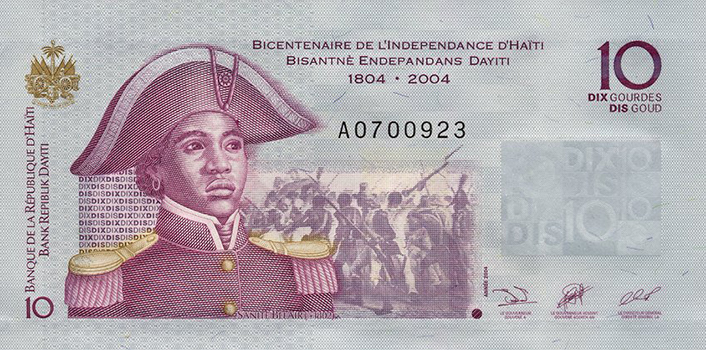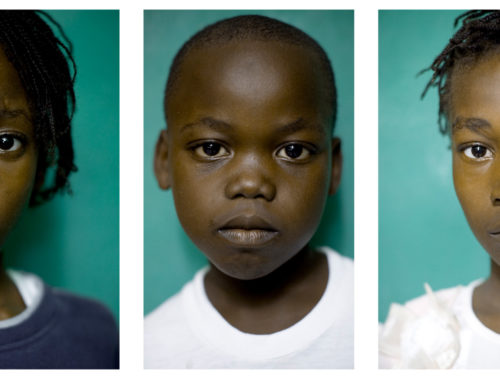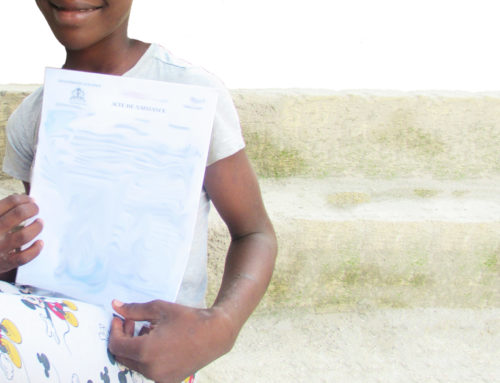
If you’ve ever spent any time in Haiti, or have an upcoming trip planned, you’ll want to understand how money is handled and what the available denominations are for exchange. The currency of Haiti is known as the gourde and it’s been around since 1813. Prior to the release of the gourde, the people of Haiti used the livre, or the standard colonial French currency, as Haiti was a French colony until 1803. The gourde was revalued and reissued twice in the first century of its use, once in 1870 and again in 1872.
Available Denominations
The gourde can be broken up into centimes much like the US dollar can be broken up into cents; similarly, 1 Haitian gourde equals 100 Haitian centimes. The gourde is available in the following coin denominations: 50 centime coins, 1 gourde coins and 5 gourde coins. Paper banknotes currently in circulation are available in 10 gourdes, 20 gourdes, 25 gourdes, 50 gourdes, 100 gourdes, 250 gourdes, 500 gourdes, and 1,000 gourdes. The current US exchange rate at time of writing shows 1 US dollar equaling approximately 64 Haitian gourdes.
Appearance and Historical Figures
The Haitian gourde banknotes are colorful and tell the stories of important Haitian figures who helped to shape and mold their country. For example, the 10 gourdes banknote bears the image of Catherine Flon, a symbol of the Haitian revolution who is credited for sewing the first Haitian flag in 1803. The 50 gourdes note displays President Lysius Félicité Salomon Jeune, who held office from 1848 to 1851 and is credited for starting the Haitian postal system. The reverse side of each of these banknotes displays the Haitian coat of arms, except for the 1,000 gourdes note which bears the Marché Vallière, a famous Haitian market.
Haitian Income and Financial Crisis
The average Haitian family lives below the poverty line, surviving on less than $2.41 a day in US dollars. Haiti is extremely vulnerable to natural disasters and has been hit severly and repeatedly over the past few decades by deadly hurricanes and storms. Compounding this issue, the country itself imports more food and goods than it exports, leaving it with an increasing deficit and an overwhelming and ongoing food shortage.
How You Can Support Haitian Children in the Restavek System
In the face of this crippling poverty and hunger, many Haitian families are forced to give up their children to ensure their survival. These parents believe that by sending their children to live with wealthier families or relatives that they are providing them with food, care, and education. The reality, however, is that all too often these children become child slaves in their new homes, forced to wear rags around the city as they run errands, cook, and clean.
Restavek Freedom is a child advocacy program working full-time on the ground in Haiti to abolish the restavek system. By partnering with Restavek, you can help restore these children’s childhoods including playtime, school, shoes, and proper nutrition. Click here to learn more about Restavek Freedom’s goal to end slavery in our lifetime. If you’d like to learn more about child sponsorship options, click here for information.
[/fusion_text][/fusion_builder_column][/fusion_builder_row][/fusion_builder_container]









